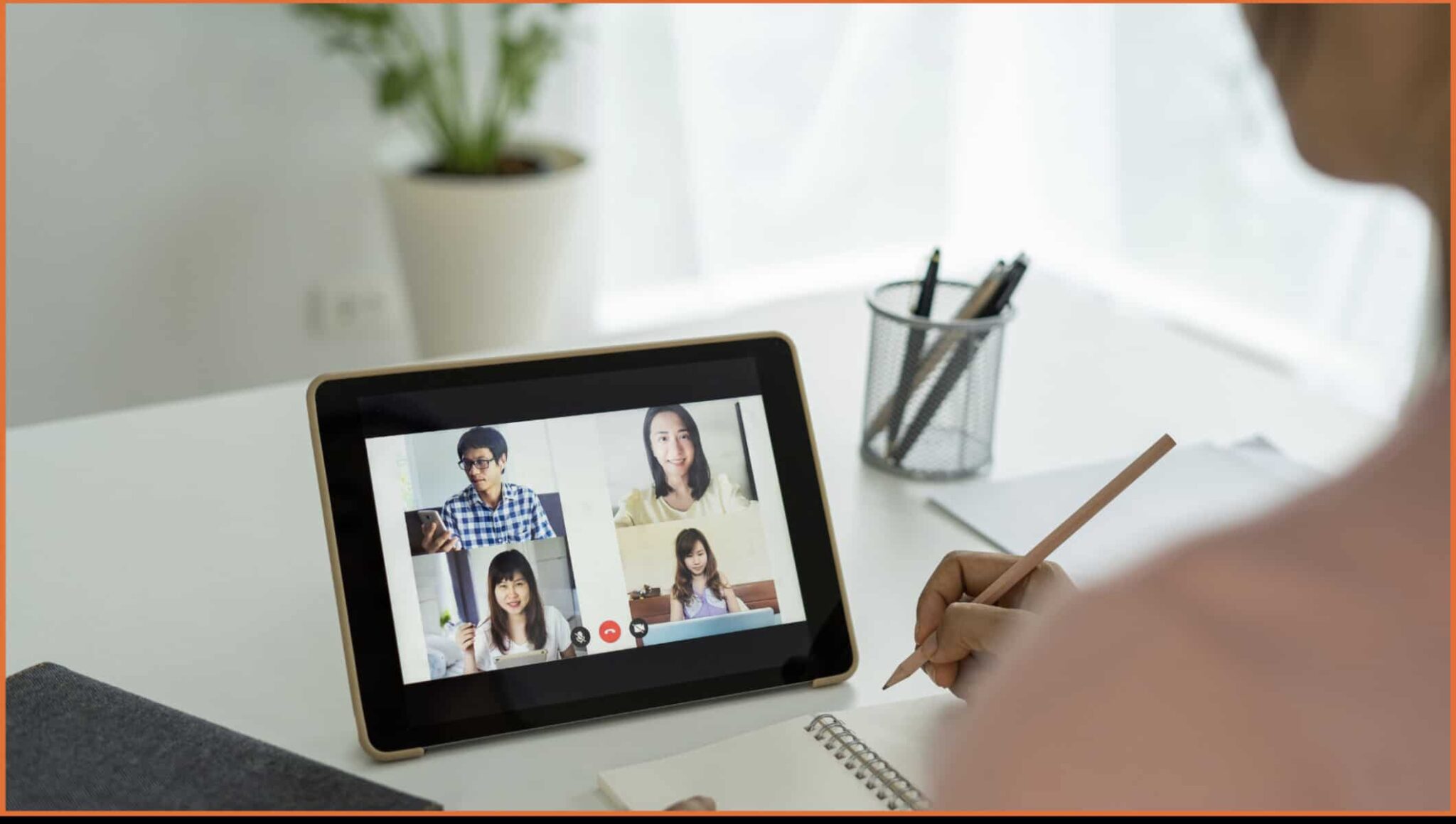A classroom full of healthy debate is every facilitator’s dream. Learners bring their problems to the forefront and learn from each other’s perspectives. We look at a situation from the lens of another person and find new solutions without reinventing the wheel. As the world pivots to digital, these classroom discussions are a distant dream. How then do you encourage social learning?
Before we move further, let’s understand the meaning of social learning. Researched and documented extensively by Albert Banduras, social learning is our ability to learn by observing others’ behavior, attitudes, and outcomes of such behaviour. It is much more complex than it sounds. At the workplace, we observe our leaders and peers approach situations and the outcome of those approaches. And if we value the leaders and peers, we model those behaviors in our own context. Classroom debates simulate this form of social learning.
But how do you do this in the digital world, where people are experiencing what is being termed as “Zoom Fatigue.” A research piece by National Geographic suggests the following :
Participants feel the constant need to ‘keep up appearances” on a video interaction
Participants need to put a lot of effort trying to understand what the other person is saying in the absence of clear non – verbal cues
Additionally, virtual spaces are often less easy to trust and add to the overall cognitive load. So, coming back to the topic in hand – if you are an instructional designer who is back to whiteboard (digital hopefully) to redesign your training programs for the digital world, how do you leverage social learning? Here are 6 tips that ought to make your life easier –
Use Creative Energisers
Table of Contents
Start with a simple energizer which not only reduces the stress but rather also engages your audience immediately! Design it in a way that engages the learner with her work/home environment. This will reduce the need to ‘keep up appearances. Also, it will shift the learner from engaging only their eyes and ears to their whole self. This article from “Ideou” gives some great inputs.
Leverage Polls and Surveys
The option of online polls can be used at the beginning of the discussion or at regular intervals. They encourage the introverts in the group to open up. The results of the poll/survey can then be used to generate an engaging discussion.
Leverage Scenarios
Use your pre-program research to design scenarios which are realistic. Provide options participants to choose and justify. This will lead to a healthy debate and generate more meaningful conversations. Learn more about this technique here.
Case Based Discussions
This one is a no – brainer! Keep all the reading and concepts for pre – work and use the precious screen time only for discussion. Top up the learning with some key take ways and a template which can help learners implement the same.
Make The Best Of Break – Out Rooms
Most virtual meeting platforms offer this feature wherein you can break up the larger group into smaller ones who can then have a more focussed discussion and come up with ideas. The trick here is to keep the objective simple and discussion focused.
Microlearning
Last not but not the least, microlearning can enable learners learn socially and at their own pace. Through the effective use of reflections and application actions, engage the learners with their world. Encourage them to share their experiences in their learning groups which can then become a great tool for social learning. Many of the platforms also allow likes, comments and Instant messaging, akin to social media platforms and encourages participation. Here’s a case study where we have leveraged Microlearning effectively.
Hope you found this useful!

















